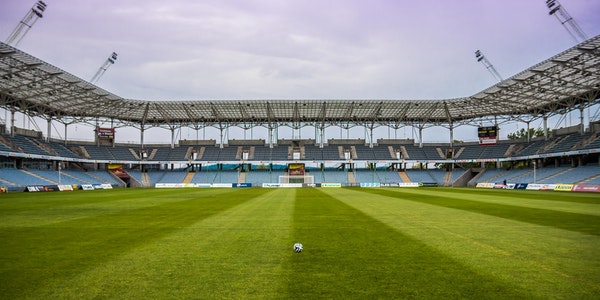(3) Injury Prevention
Improved Field Awareness: Enhanced visibility and clarity of the playing surface help young athletes anticipate movements and react quickly to changes, reducing the risk of collisions with teammates or opponents.
Minimized Environmental Risks: LED lighting minimizes environmental risks by providing clear visibility of potential hazards, such as wet or slippery surfaces, allowing young athletes to take appropriate precautions and avoid injuries.
(4) Emergency Preparedness
Integrated Emergency Lighting: LED sports lighting systems can be integrated with emergency lighting features, ensuring continuous illumination during power outages or emergencies.
Safe Evacuation Routes: Well-lit facilities with integrated emergency lighting provide clear evacuation routes and guidance, helping young athletes and coaches safely exit the premises in case of emergencies.
(5) Enhanced Supervision and Monitoring
Improved Visibility for Supervisors: LED lighting enhances visibility for coaches, trainers, and supervisors, allowing them to monitor young athletes more effectively and provide timely assistance or intervention when needed.
Video Surveillance Support: Clear and consistent lighting conditions support video surveillance systems, enabling supervisors to review training sessions and identify areas for improvement in young athletes’ techniques and behaviors.
(6) Psychological Comfort and Confidence
Positive Environment: Well-lit sports facilities create a positive and welcoming environment that promotes confidence and psychological comfort among young athletes, encouraging them to fully engage in training and competition activities.
Sense of Security: Adequate lighting contributes to a sense of security and well-being for young athletes, fostering a supportive and nurturing atmosphere conducive to their physical and emotional development.
Conclusion
LED sports lighting plays a crucial role in enhancing safety for young athletes by providing better visibility, reducing the risk of eye strain and fatigue, preventing injuries, facilitating emergency preparedness, supporting supervision and monitoring, and promoting psychological comfort and confidence. By investing in advanced lighting technology, sports facilities can create a secure and conducive environment that prioritizes the well-being and safety of young athletes, allowing them to thrive and excel in their athletic pursuits.
VII. Future Trends and Innovations
A. Advancements in LED technology
1. Next-generation LED chips
Next-generation LED chips represent advancements in LED technology that offer improved performance, efficiency, and versatility compared to previous generations. Here are some key features and advancements associated with next-generation LED chips:
- Higher Efficiency and Luminous Efficacy
Improved Materials and Designs: Next-generation LED chips incorporate advanced semiconductor materials and novel chip architectures to achieve higher efficiency and luminous efficacy.
Enhanced Light Output: These chips produce more light output per unit of electrical power input, resulting in brighter illumination and better energy efficiency.
- Better Color Rendering and Temperature Control
Enhanced Color Rendering Index (CRI): Next-generation LED chips offer improved color rendering properties, providing more accurate and vibrant color reproduction across a wide range of lighting applications.
Tunable White Technology: Some next-generation LED chips feature tunable white technology, allowing users to adjust the color temperature of the light output to create dynamic lighting environments for various purposes, such as circadian lighting or mood enhancement.
- Improved Thermal Management
Advanced Heat Dissipation: Next-generation LED chips incorporate innovative thermal management solutions, such as improved heat sinks and substrates, to effectively dissipate heat and maintain optimal operating temperatures.
Extended Lifespan: Enhanced thermal management contributes to the longevity of LED chips by minimizing thermal stress and degradation, resulting in longer lifespans and reduced maintenance requirements.
- Smaller Form Factors and Higher Integration
Miniaturization: Next-generation LED chips feature smaller form factors and higher integration levels, enabling more compact and versatile lighting designs for a wide range of applications.
Micro LED Technology: Advancements in micro LED technology have led to the development of ultra-small LED chips that offer high resolution and pixel density, making them suitable for applications such as displays and signage.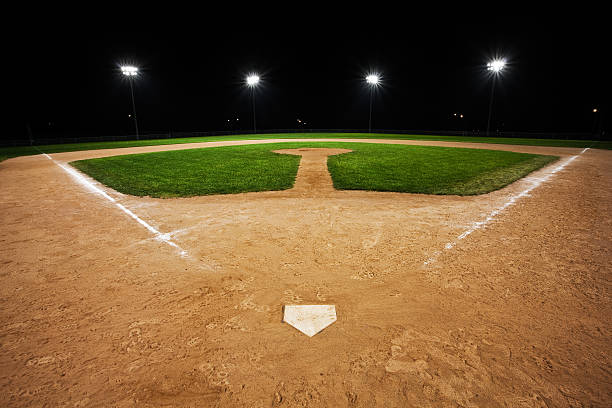
- Smart and Connected Lighting Capabilities
Integration with IoT Platforms: Next-generation LED chips can be integrated with Internet of Things (IoT) platforms and smart lighting systems, allowing for remote control, monitoring, and automation of lighting functions.
Sensor Integration: Some next-generation LED chips incorporate built-in sensors for environmental monitoring, occupancy detection, and adaptive lighting control, enhancing energy efficiency and user comfort.
- Customization and Application-Specific Solutions
Modular Designs: Next-generation LED chips feature modular designs that allow for easy customization and integration into specific lighting fixtures and applications.
Application-Specific Solutions: Manufacturers offer a wide range of next-generation LED chips tailored to specific applications, such as automotive lighting, horticultural lighting, and architectural lighting, to meet the unique requirements of each industry segment.
Conclusion
Next-generation LED chips represent the latest advancements in LED technology, offering higher efficiency, better color rendering, improved thermal management, smaller form factors, smart connectivity, and customization options for a wide range of lighting applications. By incorporating these advanced chips into lighting fixtures and systems, manufacturers can create innovative lighting solutions that deliver superior performance, energy efficiency, and user experience in various indoor and outdoor environments.
2. Innovations in fixture design
Innovations in fixture design have revolutionized the lighting industry, offering not only enhanced aesthetics but also improved functionality, efficiency, and versatility. Here are some key innovations in fixture design:
- Integration of LED Technology
Compact Form Factors: LED technology allows for the creation of sleek and compact lighting fixtures that can be seamlessly integrated into various architectural and interior design elements.
Flexible Designs: LED fixtures offer flexibility in design, enabling customization of shapes, sizes, and configurations to suit specific lighting requirements and aesthetic preferences.
- Modular and Scalable Systems
Modularity: Modular lighting systems allow for easy customization and expansion by combining individual lighting modules to create unique configurations tailored to specific applications. Scalability: Scalable designs enable the addition or removal of lighting modules to accommodate changing lighting needs and spatial requirements over time.
Scalability: Scalable designs enable the addition or removal of lighting modules to accommodate changing lighting needs and spatial requirements over time.
- Adaptive and Smart Lighting Features
Sensor Integration: Lighting fixtures can incorporate sensors for motion detection, occupancy sensing, and ambient light monitoring, enabling adaptive lighting control and energy savings.
IoT Connectivity: Smart lighting fixtures can be connected to Internet of Things (IoT) platforms, allowing for remote control, monitoring, and automation of lighting functions via smartphones or other devices.
- Sustainable Materials and Manufacturing Processes
Recycled Materials: Fixture designers are increasingly using recycled and eco-friendly materials in their designs to minimize environmental impact and promote sustainability.
Energy-Efficient Manufacturing: Manufacturers are adopting energy-efficient manufacturing processes and technologies to reduce waste, emissions, and resource consumption during production.
- Human-Centric Design Principles
Biophilic Design: Lighting fixtures are being designed to incorporate biophilic elements such as natural materials, textures, and patterns to create connections with nature and improve occupant well-being.
Circadian Lighting: Fixtures can be equipped with tunable white technology to adjust color temperature and intensity throughout the day, mimicking natural daylight patterns and supporting circadian rhythms.
- Artistic and Architectural Integration
Sculptural Lighting: Lighting fixtures are evolving beyond their utilitarian function to become works of art, featuring sculptural forms, intricate patterns, and innovative materials that enhance visual interest and ambiance.
Architectural Integration: Fixtures are designed to seamlessly blend with architectural elements, complementing the overall design aesthetic of interior and exterior spaces while providing functional illumination.
- Enhanced User Experience
User-Centric Controls: Intuitive controls and interfaces allow users to easily adjust lighting settings to create personalized environments that meet their preferences and requirements.
Interactive and Immersive Experiences: Lighting fixtures can incorporate interactive features such as dynamic color-changing effects, projection mapping, and responsive lighting effects to create immersive experiences in retail, hospitality, and entertainment venues.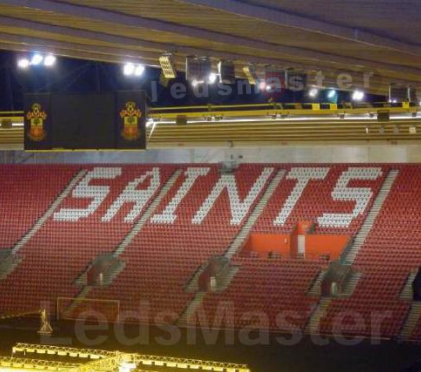
Conclusion
Innovations in fixture design have transformed the lighting landscape, offering a wide range of options for architects, designers, and end-users to create unique and immersive lighting environments. From advanced LED technology and smart lighting features to sustainable materials and artistic expression, modern lighting fixtures combine form and function to enhance aesthetics, improve user experience, and promote sustainability in indoor and outdoor spaces. As technology continues to evolve, the possibilities for innovative fixture design are limitless, driving creativity and innovation in the lighting industry.
B. Integration with Advanced Technologies
1. Augmented reality (AR) and virtual reality (VR) applications
Augmented Reality (AR) and Virtual Reality (VR) applications are revolutionizing various industries, including lighting design and architecture. Here’s how AR and VR are being utilized in the context of lighting:
- Design Visualization
AR Visualization: Lighting designers can use AR applications to superimpose virtual lighting fixtures onto real-world environments, allowing clients and stakeholders to visualize how different fixtures will look and perform in their spaces before installation.
VR Modeling: Architects and designers can create immersive VR models of lighting designs, enabling stakeholders to explore and interact with virtual spaces in 3D, providing a more comprehensive understanding of lighting concepts and layouts.
- Lighting Simulation
AR Simulations: AR applications can simulate the effects of different lighting scenarios in real-time, allowing users to adjust parameters such as color temperature, intensity, and beam angle to visualize how lighting will affect the ambiance and functionality of a space.
VR Lighting Analysis: VR simulations can provide detailed lighting analysis by simulating natural and artificial lighting conditions within virtual environments, helping designers optimize lighting designs for energy efficiency, comfort, and visual appeal.
- Interactive Product Showcases
AR Product Catalogs: Lighting manufacturers can create AR-enabled product catalogs that allow users to virtually place and interact with lighting fixtures in their own spaces, facilitating product selection and decision-making.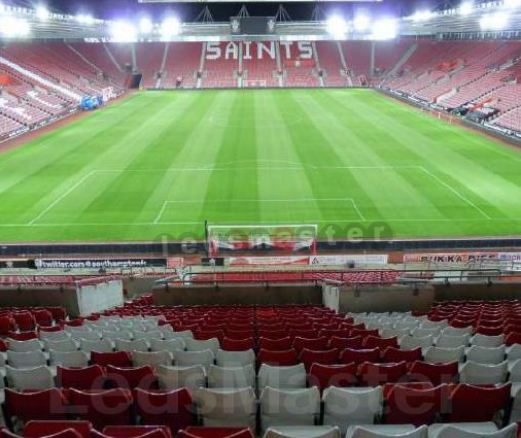 VR Showrooms: Lighting showrooms can be replicated in VR environments, providing immersive experiences where customers can explore virtual displays, interact with products, and visualize lighting designs in a simulated environment.
VR Showrooms: Lighting showrooms can be replicated in VR environments, providing immersive experiences where customers can explore virtual displays, interact with products, and visualize lighting designs in a simulated environment.
- Training and Education
AR Training Simulations: Lighting technicians and installers can use AR applications to simulate installation procedures and maintenance tasks in real-world environments, providing hands-on training without the need for physical fixtures.
VR Learning Environments: Lighting design students can immerse themselves in VR learning environments where they can explore lighting concepts, experiment with design principles, and collaborate with peers in virtual studios.
- Remote Collaboration
AR Remote Assistance: Lighting professionals can provide remote assistance and guidance to on-site technicians using AR applications, overlaying instructions and annotations onto live video feeds to troubleshoot issues and streamline installation processes.
VR Design Reviews: Design teams can conduct virtual design reviews and collaborative sessions in VR environments, enabling stakeholders from different locations to participate in real-time discussions and decision-making processes.
- Marketing and Branding
AR Marketing Campaigns: Lighting manufacturers can create interactive AR marketing campaigns that allow customers to experience products in augmented reality, engaging users and driving brand awareness.
VR Brand Experiences: Brands can create immersive VR experiences that showcase lighting designs and installations in virtual environments, providing a unique and memorable way for customers to engage with their products and services.
Conclusion
AR and VR applications are transforming the lighting industry by providing innovative tools for design visualization, lighting simulation, interactive product showcases, training and education, remote collaboration, and marketing. By harnessing the power of AR and VR technologies, lighting professionals can create more immersive, efficient, and engaging experiences for clients, stakeholders, and end-users, driving innovation and differentiation in the competitive marketplace.
2. Enhanced data analytics and AI-driven lighting adjustments
Enhanced data analytics and AI-driven lighting adjustments are revolutionizing the lighting industry by enabling dynamic, personalized, and energy-efficient lighting solutions. Here’s how these technologies are being utilized: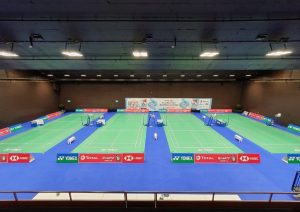
- Data Collection and Analysis
Sensor Integration: Lighting fixtures can be equipped with sensors to collect data on occupancy, ambient light levels, user preferences, and environmental conditions.
Data Analytics Platforms: Advanced analytics platforms analyze the collected data to identify patterns, trends, and correlations, providing insights into lighting usage, energy consumption, and user behavior.
- AI-driven Lighting Control
Machine Learning Algorithms: AI algorithms learn from historical data to predict lighting needs and optimize lighting schedules and settings in real-time.
Adaptive Lighting Control: AI-driven systems dynamically adjust lighting parameters such as intensity, color temperature, and distribution based on occupancy, user preferences, and environmental factors.
- Personalized Lighting Experiences
User Profiles: AI-driven lighting systems can create personalized lighting profiles for individual users or groups, adjusting lighting settings to meet their preferences and needs.
Biometric Feedback: Integration with biometric sensors allows lighting systems to respond to users’ physiological cues, such as circadian rhythms and mood, to deliver tailored lighting experiences.
- Energy Efficiency and Sustainability
Optimized Energy Consumption: AI algorithms optimize lighting schedules and settings to minimize energy consumption while maintaining desired lighting levels and quality.
Demand Response Integration: Lighting systems can participate in demand response programs, automatically adjusting lighting levels during peak demand periods to reduce energy costs and grid strain.
- Predictive Maintenance
Anomaly Detection: AI algorithms analyze sensor data to detect anomalies and potential equipment failures, enabling proactive maintenance and reducing downtime.
Performance Monitoring: Real-time monitoring of lighting performance allows AI systems to identify inefficiencies and degradation in lighting quality, prompting timely maintenance or adjustments.
(To Be Continued)

